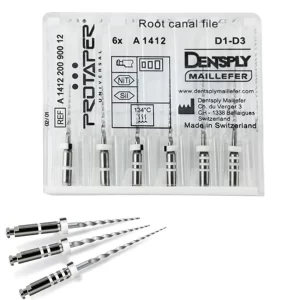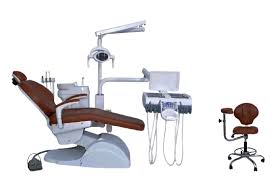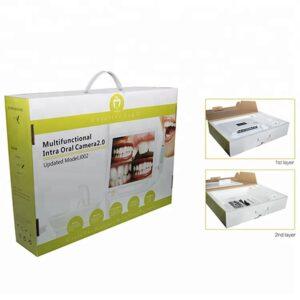DD+ RVG Sensor Cover – Adult 1000 Pcs
- 0
Over weight charges
Description
An RVG (Radiovisiography) sensor cover is a protective barrier specifically designed for use with dental imaging sensors. These covers serve several essential purposes:
- Hygiene and Infection Control: RVG sensor covers create a sterile barrier between the sensor and the patient, preventing cross-contamination and ensuring compliance with infection control protocols.
- Protection: They shield the sensor from saliva, blood, and other fluids during procedures, protecting the sensitive electronics and extending the lifespan of the equipment.
- Compatibility: RVG sensor covers are available in various sizes to fit different sensor models, ensuring a secure fit that doesn’t interfere with the imaging process.
- Ease of Use: These covers are typically designed for quick application and removal, allowing for efficient workflow during dental exams.
- Visibility and Functionality: Many covers are transparent or semi-transparent, allowing for optimal visibility while not compromising the quality of the imaging.
- Disposable: Most RVG sensor covers are single-use, minimizing the need for cleaning and sterilization, which simplifies the process and enhances safety.
In summary, RVG sensor covers are crucial accessories in dental imaging that help maintain hygiene, protect equipment, and ensure efficient workflow in clinical settings.
Features:
RVG (Radiovisiography) sensor covers come with several important features that enhance their usability and effectiveness in dental practices:
- Material: Typically made from high-quality, flexible plastic or film, these covers are designed to be durable while remaining lightweight.
- Hygiene: Most covers are single-use, ensuring a sterile barrier that minimizes the risk of cross-contamination between patients.
- Compatibility: Available in various sizes and shapes to fit a wide range of RVG sensor models, ensuring a secure fit without obstructing sensor function.
- Transparency: Many covers are designed to be clear or semi-transparent, allowing for optimal visibility and ensuring that imaging quality is not compromised.
- Easy Application: Designed for quick and straightforward application, making it easy for dental professionals to use them efficiently during procedures.
- Fluid Resistance: These covers are typically waterproof or resistant to saliva and other fluids, protecting the sensor during use.
- Non-Reflective Surface: Some covers have non-reflective properties, helping to reduce glare and improve image clarity during radiographic procedures.
- Cost-Effective: Disposable covers eliminate the need for extensive cleaning and sterilization, making them a practical choice for busy dental practices.
These features make RVG sensor covers essential for maintaining hygiene, protecting equipment, and ensuring high-quality imaging in dental environments.
Direction to Use:
Using an RVG (Radiovisiography) sensor cover is straightforward. Here are the general directions to ensure proper application and disposal:
Directions for Using RVG Sensor Cover:
- Preparation:
- Ensure your hands are clean and dry before handling the sensor cover.
- Gather your RVG sensor and the appropriate size of the cover.
- Select the Cover:
- Choose a cover that fits your specific RVG sensor model to ensure a secure fit.
- Applying the Cover:
- Open the package carefully to avoid damaging the cover.
- Gently slide or stretch the cover over the sensor, ensuring it fits snugly and completely covers the sensor without obstructing any buttons or parts.
- Securing the Cover:
- Ensure that the cover is securely in place and does not interfere with the sensor’s ability to capture images.
During Use:
- Proceed with the imaging procedure as usual, ensuring that the cover remains intact and properly positioned throughout the process.
Removal and Disposal:
- Removing the Cover:
- After the imaging is complete, carefully peel the cover off the sensor, starting from one edge and pulling it away gently.
- Disposal:
- Dispose of the used cover in accordance with local regulations for biomedical waste to maintain hygiene and safety standards.
- Post-Removal Care:
- Clean the RVG sensor according to your practice’s protocols, ensuring it is ready for the next use.
By following these steps, you can effectively use RVG sensor covers to maintain hygiene and protect your equipment during dental imaging procedures.
Related products
-
Sale!

Dentsply Protaper Universal Retreatment Rotary Files
₹3,400 Select options This product has multiple variants. The options may be chosen on the product page -

Prudent Panchamukhi Dental Chair
₹161,280 Add to cart -
Sale!

APPLE Intra Oral Camera 2.0 with 17″
₹23,967Original price was: ₹23,967.₹20,480Current price is: ₹20,480. Add to cart -

Wall Model X-Ray Machine
₹34,272 Add to cart


